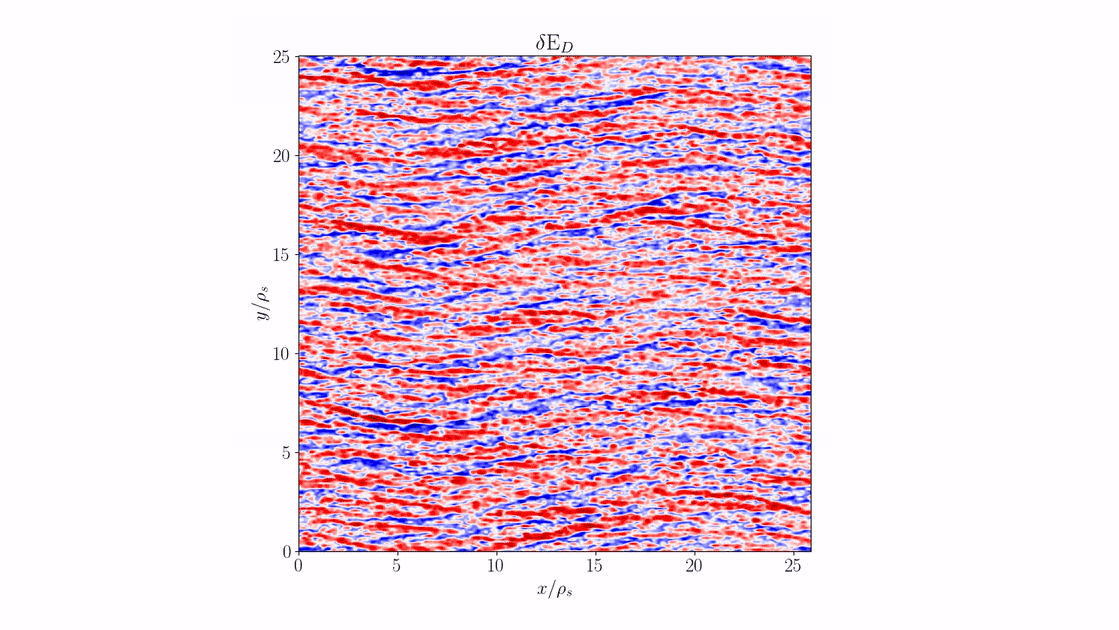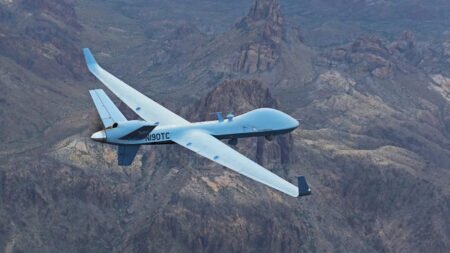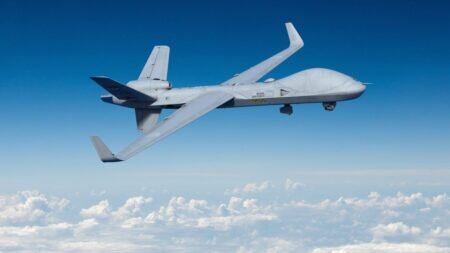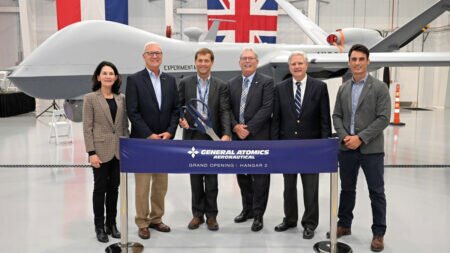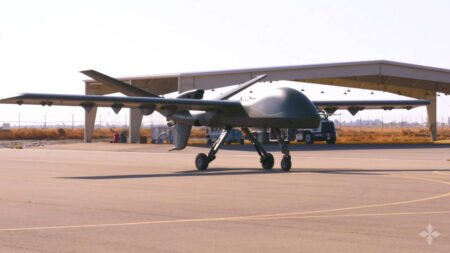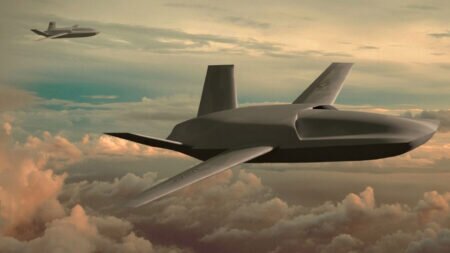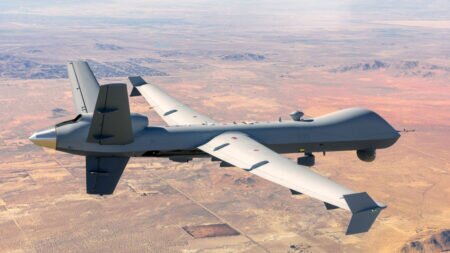Scientists at General Atomics (GA) and the San Diego Supercomputer Center (SDSC) at UC San Diego have been awarded highly sought-after computing time on two leading supercomputers as part of the Department of Energy’s (DOE’s) Advanced Scientific Computing Research Leadership Computing Challenge (ALCC) program. The award was announced in late June.
ALCC projects, with applications from advanced energy systems to climate change, use DOE supercomputers to uncover unique insights about scientific problems that would otherwise be impossible to solve using experimental approaches. The GA team will use the computing time to examine the behavior of high-energy plasmas in fusion devices.
A key element of the drive to practical fusion energy is accurately simulating the behavior of the fusion fuel during operation. These simulations allow researchers to test theories and design more effective experiments on devices like the DIII-D National Fusion Facility. Such simulations require enormous computing power, and many can only be run effectively on high-end supercomputers like those operated by the DOE.
GA Theory and Computational Science Director Jeff Candy will lead the team, working with GA scientists Emily Belli and Matthias Knolker, and SDSC Lead Scientific Software Developer and Researcher Igor Sfiligoi. The group received an ALCC award of allocations on two supercomputers, Summit at the Oak Ridge Leadership Computing Facility in Tennessee, and Perlmutter GPU at the National Energy Research Supercomputing Center at Lawrence Berkeley National Laboratory in California.
The team will use the computing time to perform simulations of turbulence in fusion fuel with the CGYRO code, which was developed at GA specifically for fusion simulations. CGYRO is highly optimized for scalability on systems like Summit and Perlmutter that use cutting-edge GPU-based architectures.
The simulations will use CGYRO to make a critical analysis of a phenomenon known as “H-mode pedestal transport,” which describes how energy and particles flow around the edge of a fusion plasma during operation. The team will try to reproduce some key aspects of this process observed during recent experiments at DIII-D.
“We are grateful to NERSC and OLCF for access to these truly cutting-edge systems,” said Candy. “We’re confident we can use them to great advantage to solve key aspects of the H-mode pedestal mystery.”

